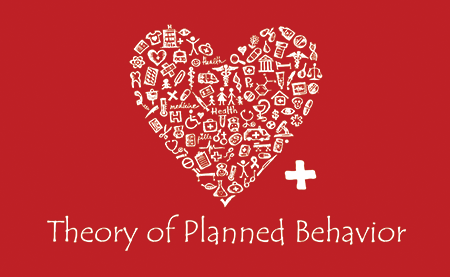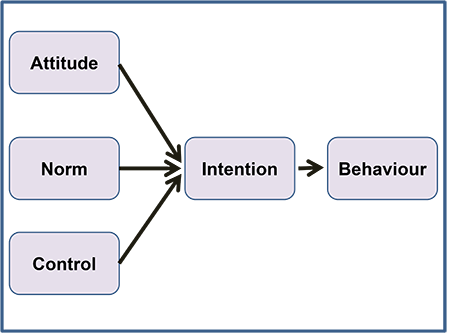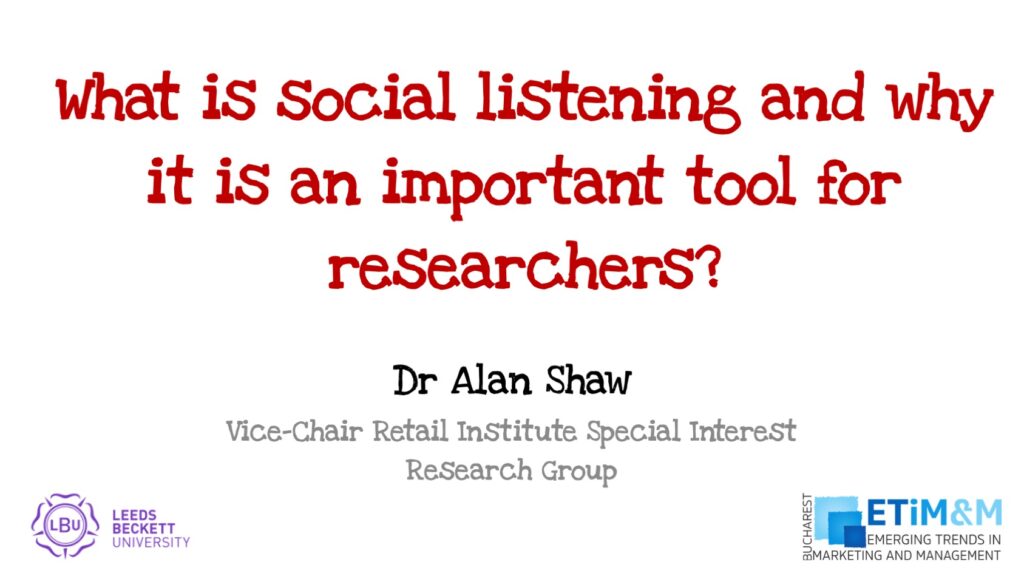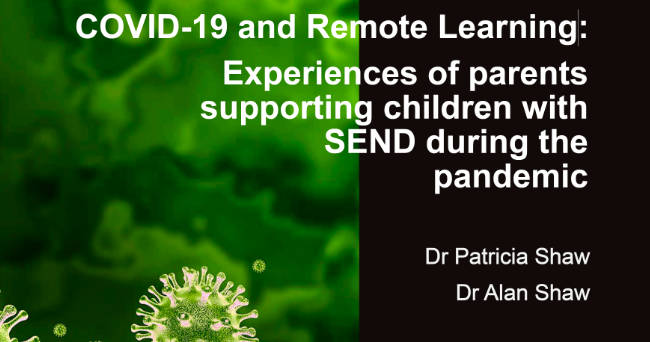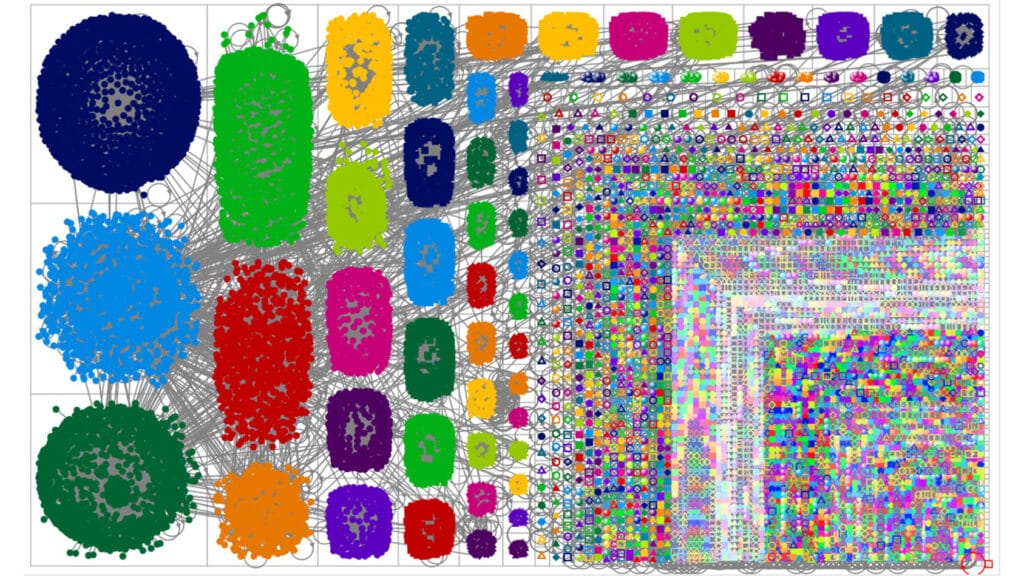If you were planning to run a social marketing campaign, how can you be sure that it would influence change in your target audience? Well, one option is to design a campaign that uses the Theory of Planned Behavior (Ajzen, 1991) and was developed from the Theory of reasoned Action (Ajzen & Fishbein, 1973).
This theory is based on a number of constructs which are illustrated in figure 1:
Attitude: this element describes an individual’s feeling about the behaviour in question. The “better the feeling” an individual has about the required change the greater the likelihood of adopting this behaviour. As an example, an ardent smoker who enjoys the habit is likely to have a poor attitude to any “stop smoking campaigns” and would be less likely to reduce their smoking.
Norm: this element describes how an individual perceives the social pressures on engaging or not to engaging the required behaviour change. As an example, the social norms on smoking in the UK has changed dramatically over the last three decades. More people are now against it which is a stark contrast to the social norms of smoking in third world countries.
Control: this element describes the ability of an individual to perform the behaviour change. It includes an individual’s confidence in performing the change and the process hurdles they might face. Again, sticking with the smoking theme, we can see that in the UK, smoking in public places has been banned making it much harder for individuals to “light up”.
Intention: this element is a means of establishing if the individual will actually perform the required behaviour. The only way to establish if the behaviour will be adopted is to monitor it. In research terms, this is not always possible, so the next best thing is to ask the individual if they intend to do the required behaviour change. This goes back to the epistemic realism approach which has the proposition that:
“Results are approximately true, and that belief in this approximate truth can be justified.” (See Research and Epistemology)
Behaviour: the final element signifies the required behaviour change. Ajzen (2002) also stated that any behaviour change must be Targeted, Actionable, In Context and Timely, as an example, using the smoking analogy:
-
Target: this will be smokers.
-
Action: stop or reducing smoking.
-
Context: improving the smoker’s health and wellbeing (plus those round the smoker in some instances).
-
Time: from now, forever.
The final thing to bear in mind is behaviour change may not always be seen as a positive move. A smoker who is forced to “kick the habit” may argue that they now see life as more stressful: the smoking was the only way to calm their nerves.
References:
AJZEN, I. (1991). The theory of planned behavior. Organizational behavior and human decision processes, 50 (2), 179-211
AJZEN, I. (2002). Constructing a TPB questionnaire: Conceptual and methodological considerations.
AJZEN, I. and FISHBEIN, M. (1973). Attitudinal and normative variables as predictors of specific behavior. Journal of personality and social psychology, 27 (1), 41.
Related Articles:
- Protection Motivation Theory.
- The Health Belief Model and Social Marketing.
- What is Social Marketing?
- The Social Marketing Dilemma.
- Social Marketing Campaigns within the NHS.
Alan Shaw
Latest posts by Alan Shaw (see all)
- What is social listening and why it is an important tool for researchers? - July 31, 2021
- COVID-19 and Remote Learning: Experiences of parents supporting children with SEND during the pandemic. - June 30, 2021
- Using Netnography To Evaluate The Launch And Collapse Of The European Super League - April 21, 2021
- Developing Semi-Structured Interview Questions: An Inductive Approach. - April 9, 2020
- Developing Semi-Structured Interview Questions: A Deductive Approach - April 9, 2020
